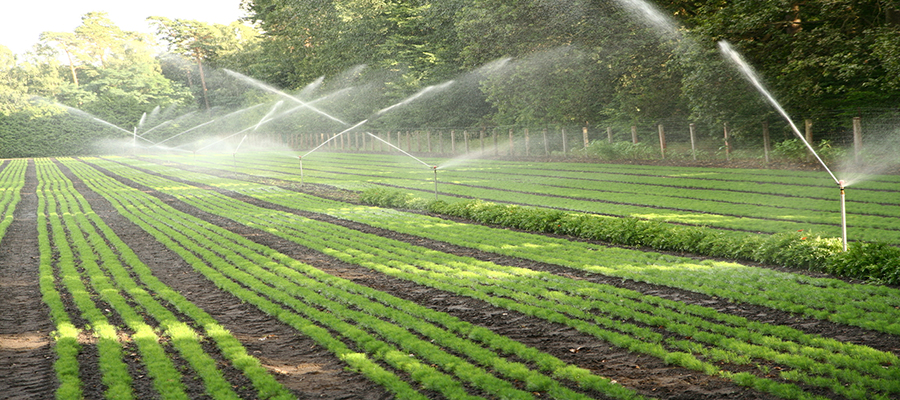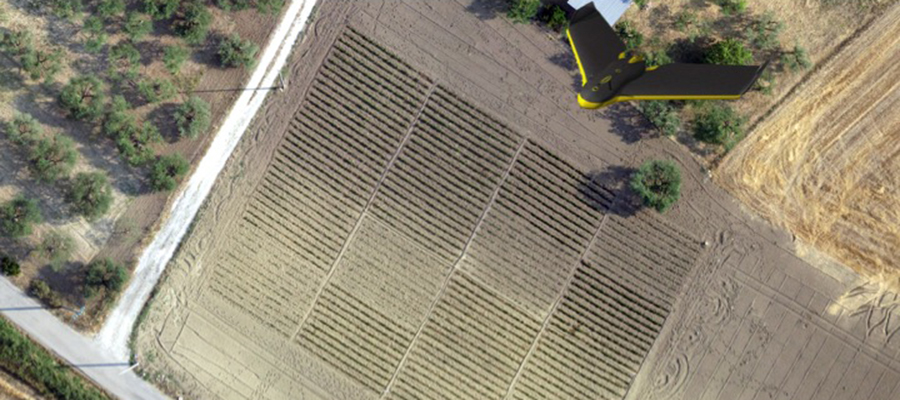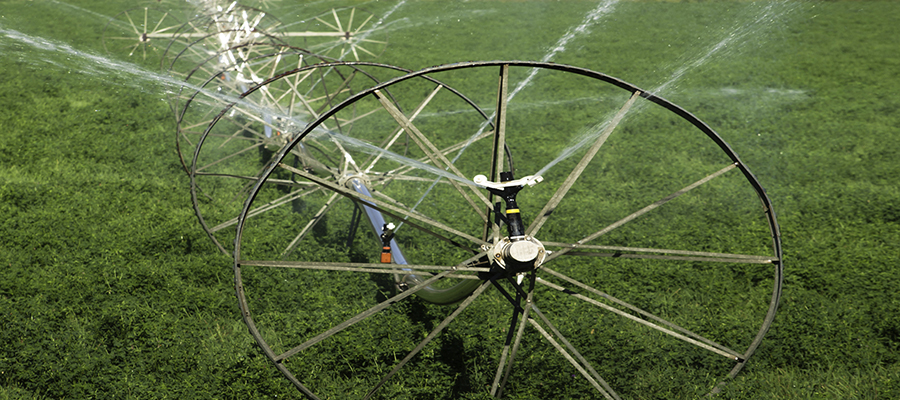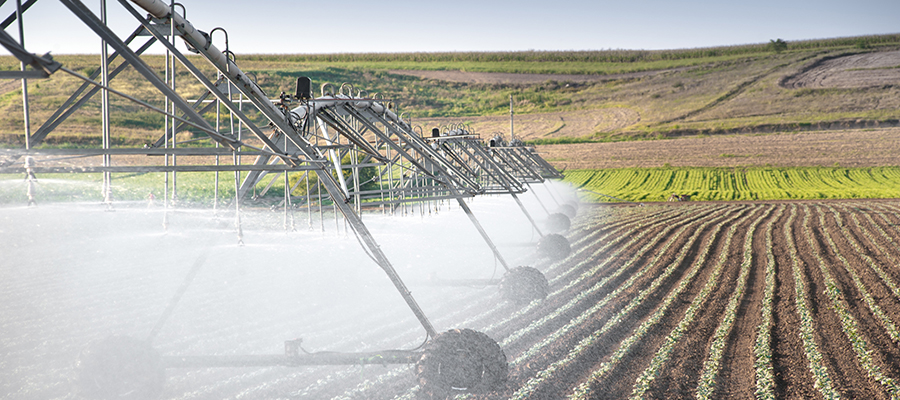Foods 2020, 9(9), 1161

Quali-quantitative analyses of anthocyanins and non-anthocyanin phenolic compounds performed with the use of liquid chromatography coupled with high resolution mass spectrometry, were evaluated in juice of pomegranate fruits (‘Dente di Cavallo’), in relation to different light exposures (North, South, West and East). A total of 16 compounds were identified, including phenolic acids, flavonoids, hydrolysable tannins, and anthocyanins, known for their health-promoting effects.
Striking differences were observed about the total phenolic content, which was high in juices from fruits with east- and north-facing position, while it was lower in juices facing south. The greatest contents of total flavonoids and anthocyanins were recorded in fruit juices with southern exposure; however, there are no great differences in the content in phenolic acids. Tannins were mainly synthesized in fruit juices with West exposure. The results showed that the position within the tree had no significant effects on color juice, however, it significantly (p < 0.05) affected data on fruit weight, soluble sugars and juice yield. Remarkable synergies existed among polyphenols and phytochemicals in pomegranate juice, but collecting fruits with different solar exposure could enhance different health benefits, i.e., the juices with higher polyphenols content could have more anticancer effect or those with higher tannins content could have more antimicrobial effect. View Full-Text
by Vita Di Stefano, Salvatore Scandurra, Antonella Pagliaro, Vincenzo Di Martino and Maria Grazia Melilli
Correspondence: Maria Grazia Melilli - Institute for Agricultural and Forest Systems in the Mediterranean, National Council of Research, 95128 Catania, Italy







